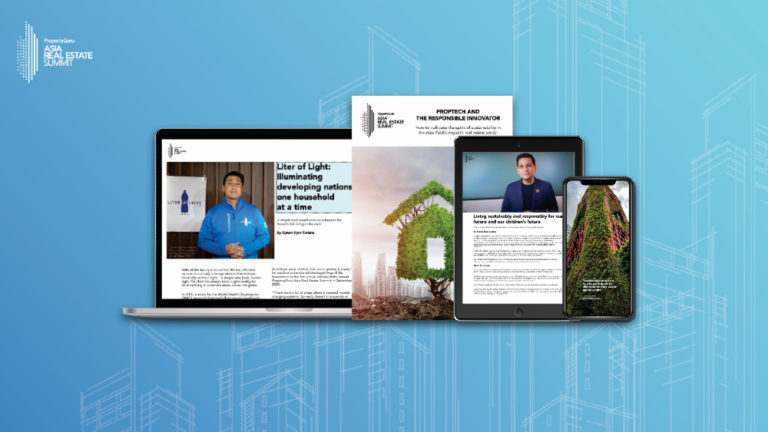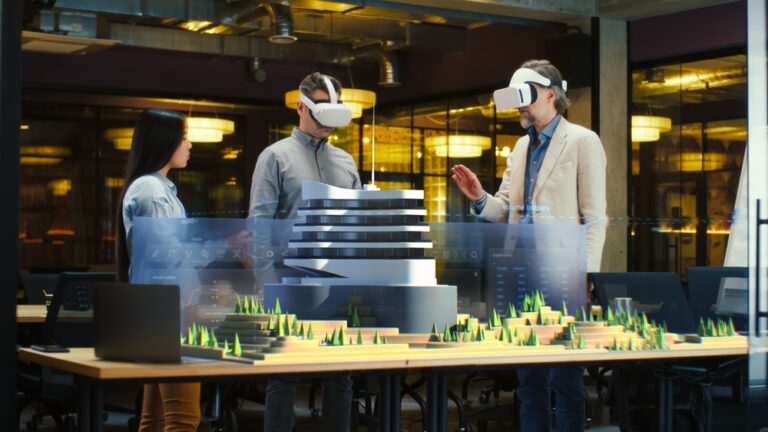Why technology is the future of the workplace
What makes incorporating technology in today’s rapidly changing work environment important?

Modern workplaces are now mostly occupied by tech-savvy millennials and Gen Z employees, which has made the inclusion of technology even more important as reported by technology office Vantage Circle. Cloud-based tools and technology have enabled professionals to participate in workplace activities from anywhere they want via internet connectivity, giving rise to “The Remote Workers” and “Telecommuters.”
Automation is an essential requirement for a 21st-century workspace, enabling employers to address key workplace issues, such as file management, receipt tracking, report generation, and growth tracking that often hamper employee productivity. Overall, the use of technical tools has influenced human resources around organisations, helping industries to keep up with the fast-paced work culture.
In line with this, as discussed by knowledge-sharing platform eLearning Industry, the use of technology in the workplace is becoming increasingly important in today’s rapidly changing work environment, as companies that fail to innovate and adopt a tech-forward business strategy are at risk of falling behind their competitors. There are several benefits to incorporating technology into the workplace, including streamlined processes with automation, unifying communication channels, and improving decision-making based on analytics.
Related: Time for adaptive change
Software company Envoy noted choosing the right office technology is critical for employee productivity and business success. It’s important to involve key stakeholders, define business goals, get end-user input, consider scalability, and ensure flexibility to support remote work. Four must-have types of office technology are safety and security technology (e.g., access control, visitor screening, lighting, cameras, emergency notification), return-to-office technology (e.g., employee registration, desk and room booking systems, workplace platform), hybrid collaboration tools (e.g., video conferencing, team chat, virtual whiteboards, project management), and IT management tools (e.g., asset management, network monitoring, helpdesk).
When evaluating technology solutions, organisations should focus on proven solutions that align with business goals, reduce operational complexity, and integrate with existing tech stacks. Ultimately, choosing the right office technology requires ongoing collaboration between executives, IT, security, finance, legal, and employees to ensure the technology meets the needs of the business and the people who use it.
The Property Report editors wrote this article. For more information, email: [email protected].
Recommended
Why everyone is moving to Selangor and Johor: Malaysia’s real estate comeback
Malaysia’s upturn in fortunes is especially prevalent in secondary destinations such as Selangor and Johor
Penang’s silicon boom: How the US-China tech war is supercharging local real estate
Penang’s booming semiconductor industry has created ripples within the local real estate sector
ARES White Paper Volume 2: Unravelling the power of data revolution in real estate
Insights on proptech, smart cities, and sustainable development
ARES Digital White Paper Volume 1 tackles the fundamentals of responsible building
Green and climate heroes join forces to discuss how Asia Pacific can weather the current environmental crises and the looming effects of climate change







